It’s bluebell season in Scotland – and Perthshire’s woods are bursting with these stunning beauties.
Conservation charity Woodland Trust Scotland said prolonged sun may have triggered the flowers into action a week or so earlier than usual in some places.
That means now really is the time to get out there and enjoy them.
Traditionally woodland flowers, they usually grow very close together to create a ‘sea’ or ‘carpet’ of bluebells.
They prefer the rich, undisturbed soils of long-established woods, so you’re most likely to see them in old and ancient woodland.
One of the top places to see these delicate little plants blooming is the appropriately named Kinclaven Bluebell Wood – but there are a few other magic spots across Perthshire, too.
Here’s a selection of our favourites…
1. Kinclaven Bluebell Wood
Tucked away north of Perth, Kinclaven Bluebell Wood is rightly regarded as one of the country’s finest bluebells woods.
The woods, between Kinclaven and Murthly, offer a peaceful, easy walk with well-worn trails and dappled sunlight filtering through ancient oaks and veteran beeches.
It’s a truly magical place and a must-visit during the month of May and early June.
A car park on the minor road slightly west of the hamlet of Kinclaven offers easy access and, from an information board, a gravel path rises gently into the trees where bluebells are soon spotted.
Oaks and bands of conifers shelter not only bluebells and other wildflowers but also provide a home for mammals like red squirrel, roe deer, pine marten, brown hare, hedgehogs, bats and birdlife.
2. Craig Wood, Dunkeld
This lovely oak wood is carpeted with bluebells, usually around the tail end of May.
It’s not far from Dunkeld, but many people visit the woods as part of a circular walk round Loch of the Lowes, which is famed for its nesting ospreys.
Treat yourself to coffee and cake back in the bustling town afterwards.
3. Blair Castle, Blair Atholl
The white walls and fairy-tale turrets of Blair Castle are set amidst some of Perthshire’s most spectacular scenery.
Among the long grass and wildflowers that grow beneath its beautiful woodlands are acres upon acres of bluebells.
Many of the estate’s paths are lined with gorgeous bluebells, so be sure to have your camera at the ready.
4. Bluebell (Darroch) Wood, Blairgowrie
You can access Darroch Wood from a small car park just off the Dunkeld Road, on the outskirts of Blairgowrie.
The circular walk around the woodland takes about 15 minutes, or else you can tackle the longer Bluebell Wood trail.
This is a two-mile circular that takes in Darroch Wood, Ardblair Wood, Fingask Loch and White Loch where, as well as bluebells in the oak woodlands, osprey are regularly seen fishing.
5. Cluny House Gardens, Aberfeldy
May is reckoned to be Cluny’s most glorious month.
There are many plants in bloom and the abundance of wild bluebells add to the ambience as do the fantastic scents and birdsong.
Cluny is a peaceful place so take your time, enjoy the atmosphere and be sure to take a seat.
Keep your eyes peeled for the garden’s numerous red squirrels, too.
6. Lady Mary’s Walk, Crieff
This popular walk runs west from Crieff along the banks of the River Earn.
It’s a brilliant time to spot bluebells – and coconut-scented gorse. The contrast between the blue and yellow flowers is striking.
The tranquil route was named after Lady Mary Murray, whose family were local landowners in the early 19th Century.
Are bluebells protected in Scotland?
Native bluebells are protected by the Wildlife and Countryside Act 1981.
This means it’s against the law to dig up bulbs in the wild without landowner permission and landowners aren’t allowed to dig them up and sell them.
It takes more than five years for a bluebell patch to establish.
The flowers are an important source of nectar for bees and other insects, so don’t pick them, and take care not to step on them.
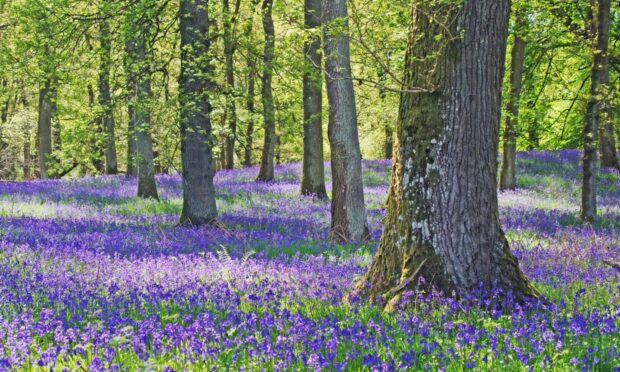
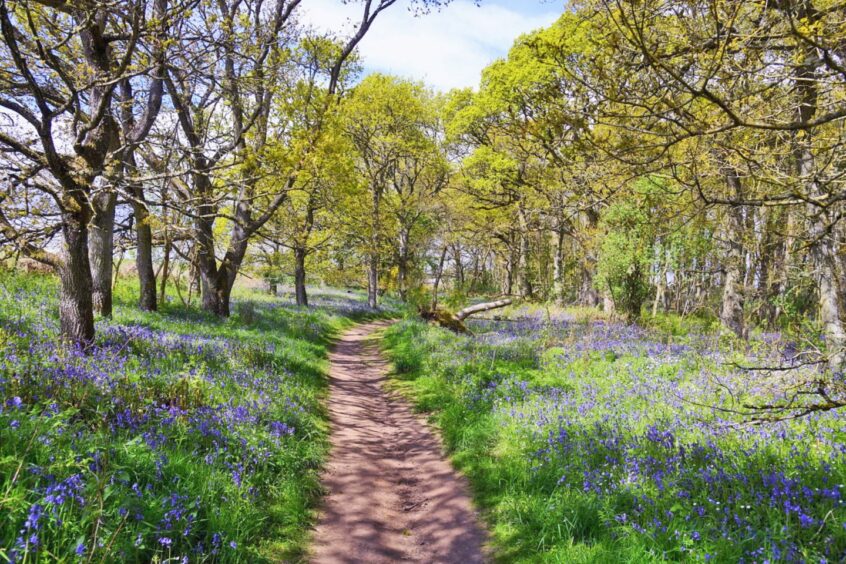
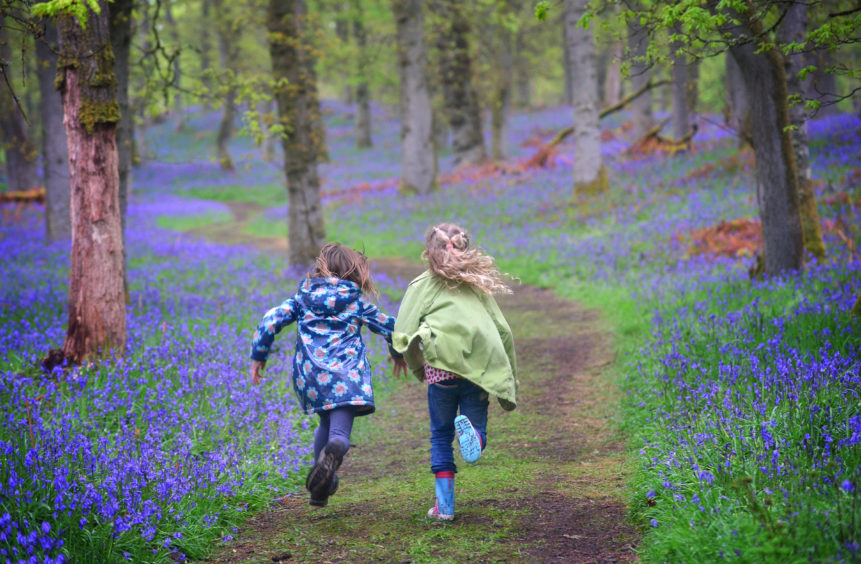
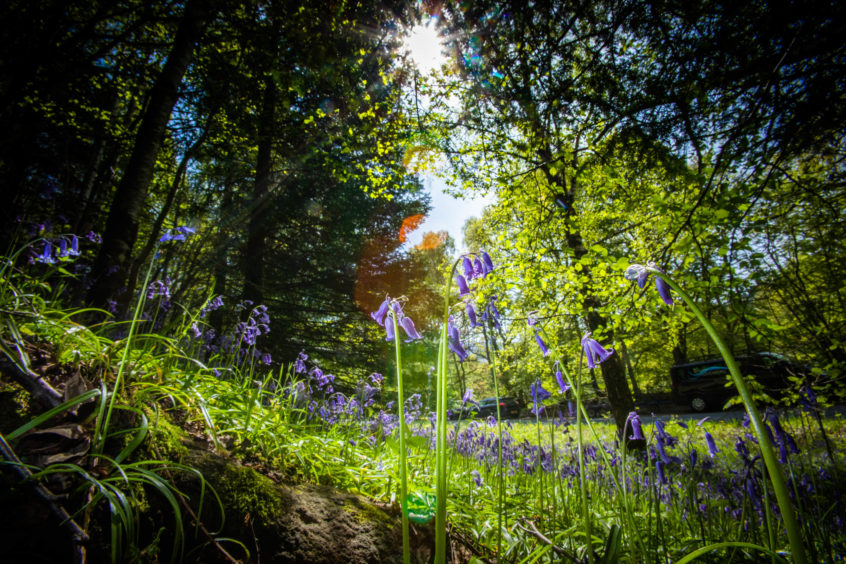
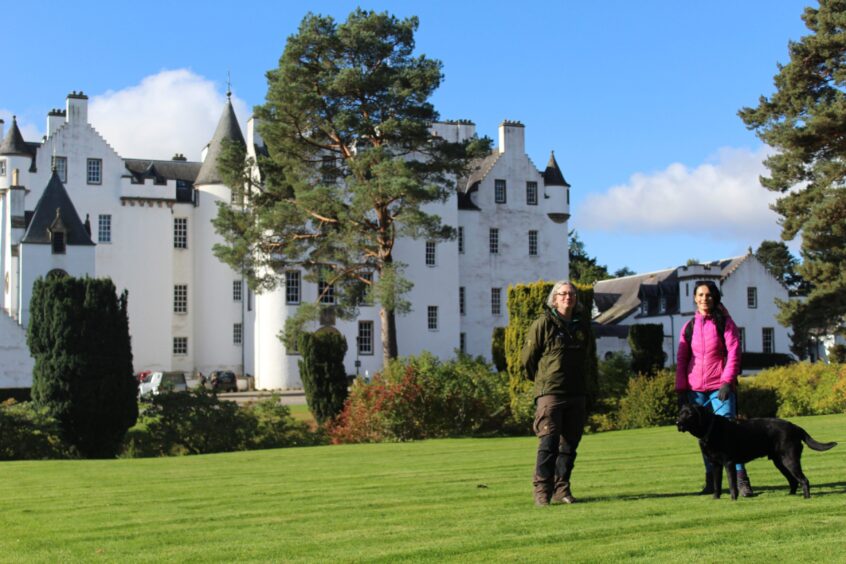
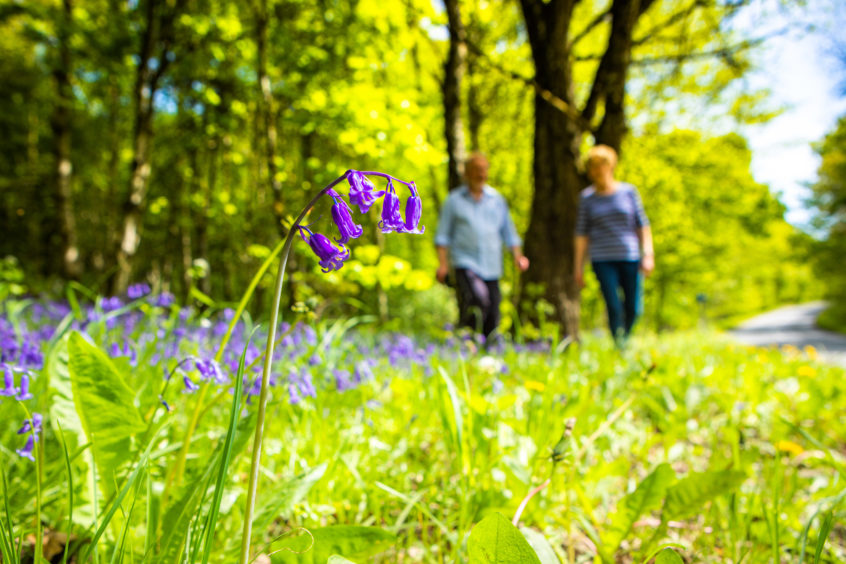
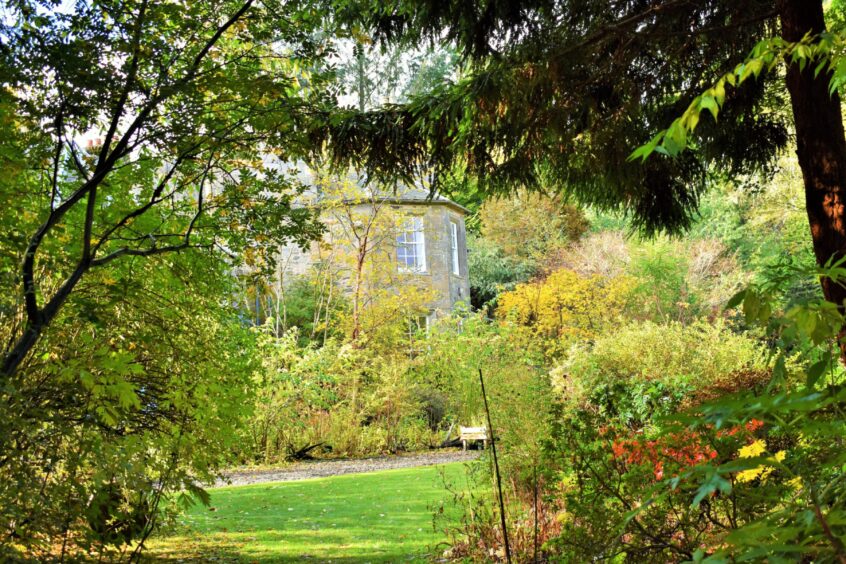
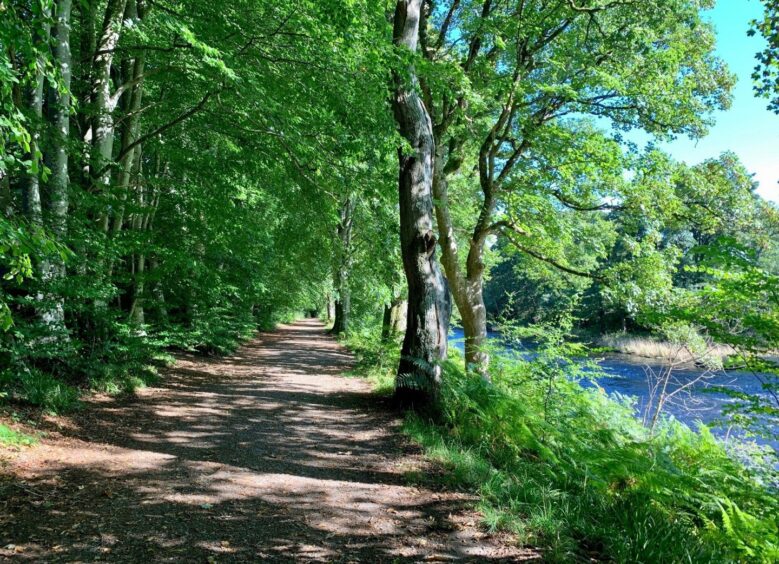


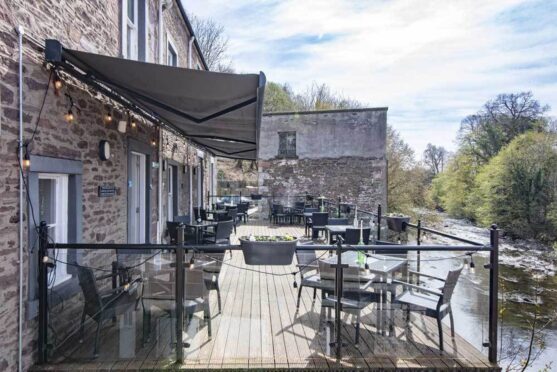

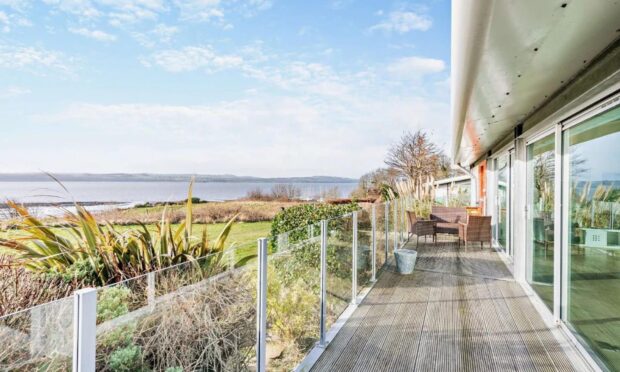
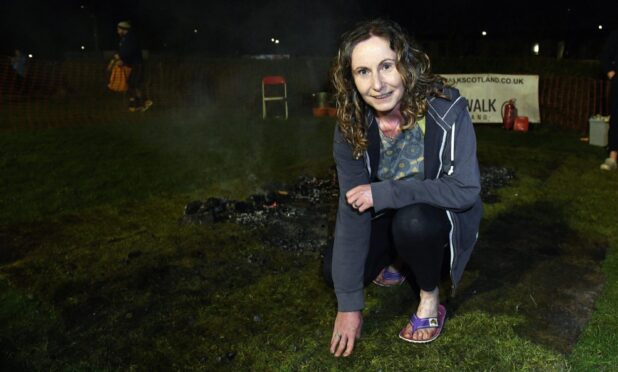
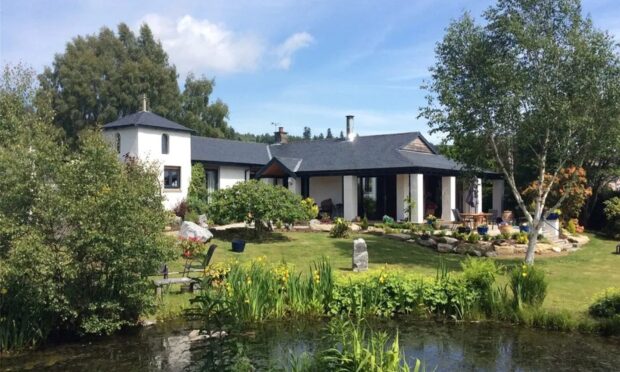
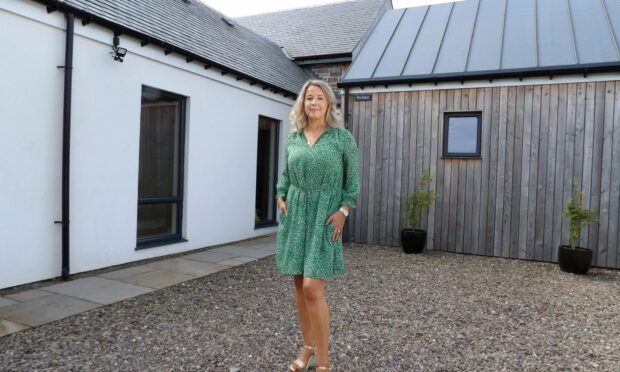

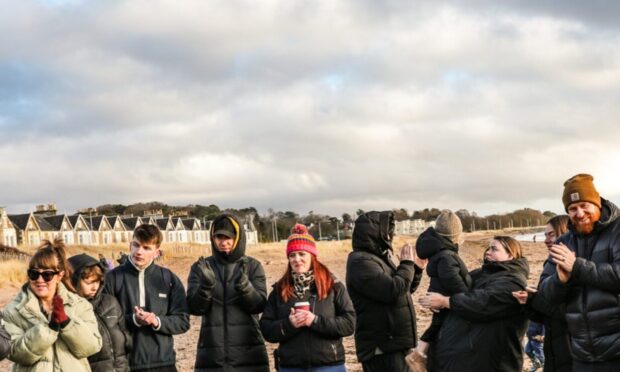
Conversation